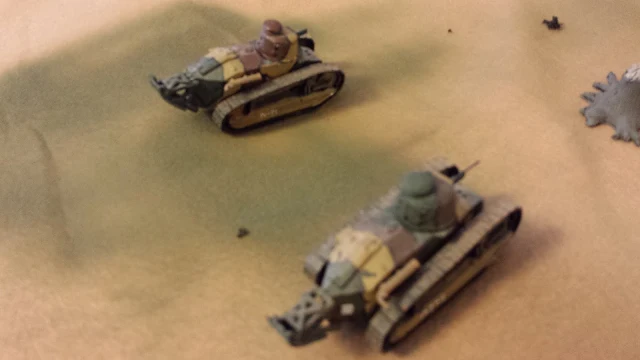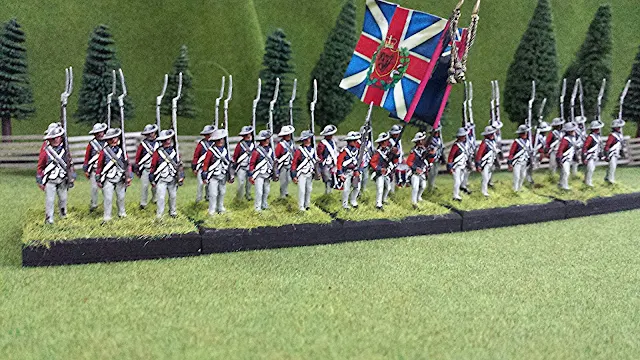 |
| How does this thing work? |
I want to start this by thanking Ed for the generous use of his pictures from his blog. While I did take some pictures, I deleted them in error! I have a problem with technology. He kindly came to my rescue and offered the use of his pictures. So all pictures in this posting are from his blog. Thank you Ed! Now on to the story.......
Friday was club game night at the Northern Conspiracy club. I participated as a guest of Ed from Ed's Meandering War games ( http://edmwargamemeanderings.blogspot.com) . As is usually a wonderful time was held by all and great games were put on in three decades different time periods. Interestingly all three were in 25mm ( or is it now 28mm?) Scale. In my past 15mm were very popular but now it's 25mm. Due to age or eye sight?
Charlie put on a striking Napoleonic game played to his rules. A beautiful army of Austrians vs French. Great looking figures on a wonderfully terrain table. As Ed played in this game I would suggest a trip to his blog for a write-up of the details. But from across the room it looked like all were having fun.
AJ, from AJ's blog (http://ajs-wargaming.blogspot.com) put on a interesting and fast paced WW2 action. The rules were I believe Iron cross. I am not a big player for modern type games but it did look interesting and is with all of AJ's games had incredible beautiful terrain and equally beautiful figures. Please see his blog for a write up.
I played in Peter's game. This saw the British in the Sudan vs the Madhi. A column of troops had to March across the blazing sands to relieve a city (rescue Gordon?). Naturally the forces of the Mahdi were there to stop them. Rules used were "800 Fighting Englishmen" and figures were 25mm. It was a fun low stress game and my fellow players Mike, Don and John kept it light hearted and fun.
I was on the British side and commanded the infantry (4 battalions) a screw gun and three Gardner guns. John took the hussars and camel corp (Guard Camel Corp old boy). Although we were supposed to March across the table the Madhi and his forces came to us. Mike threw waves of cavalry and infantry against me. I formed line and with a clear field of fire mowed down the enemy to my front. John and Don engaged in an epic mounted battle with every mounted unit thrown at the Guards Camel Corp being routed back! The Corp was finally done in by advancing across the dervish front and being surprised by hidden units. At this point the game ended as although the British done well, they had gotten no where near the city. Poor Gordon was not to be rescued yet again.
A very fun night was had by all.


















































